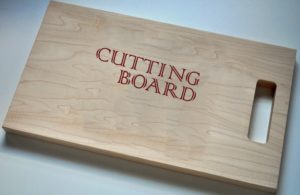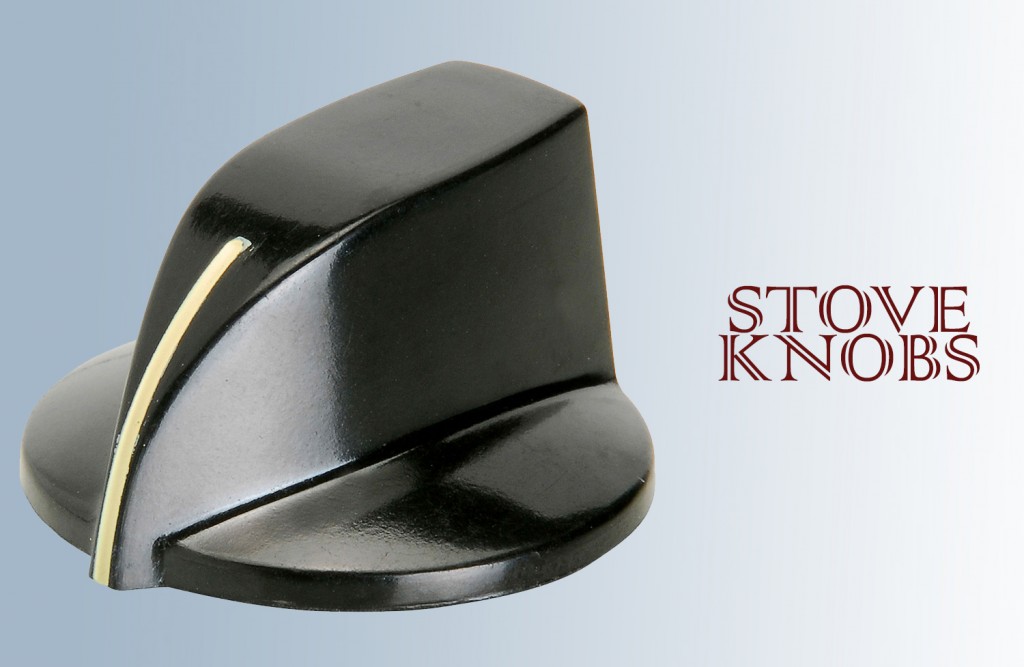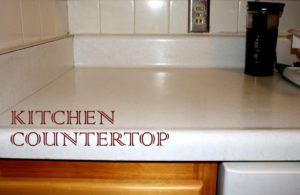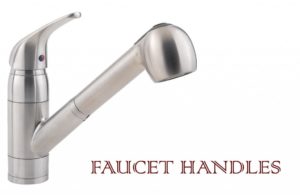
What’s the dirtiest place in your house? Your Toilet? Nope! Your toilet doesn’t even make the list. In fact, the answers that researches have consistently come up with, may surprise you. The most germ affected places in your home are, more often than not, in your kitchen – the place where you prepare the food that goes into your body!!
So, without further ado, let’s take a look at the 12 dirtiest places in your house and how you can clean them:
Your cutting board comes across a wide range of food products – fruits, vegetables, raw meat – and as a result, accumulates a lot of microorganisms like bacteria and fungi. In fact, the National Science Foundation (NSF) found out that 18% of the cutting boards they tested contained Coliform Bacteria and 14% contained molds and yeast.
How to clean:
Always use cutting boards made from non-porous materials like plastic. If you want to use a wooden cutting board, use ones made out of hardwood. Always clean the cutting board with hot soapy water after each use. For wooden boards, clean with white vinegar before washing with soap and water. As far as possible, try using one board for cutting raw meat and another one for cutting everything else.

STOVE KNOBS
We usually don’t think about stove knobs, but they are one of the dirtiest places in your house. You handle the stove knobs everyday with hands that haven’t been wiped clean of kitchen dirt or food particles. Since we don’t clean stove handles, the germs accumulate and fester.
How to clean:
Once a week, remove the stove knobs and wash them thoroughly with hot water and dish washing detergent. Also, try to make a habit of at least wiping your hands before handling your stove knobs.

KITCHEN COUNTERTOPS:
Your kitchen counters come across a lot of germs, from raw meat to unwashed groceries; it accumulates a lot of dirt on a daily basis. And it builds up quite fast. According to NSF, 30% of countertops have tested positive for coliform bacteria, while 18% contain mold.
How to clean:
Wash your kitchen countertops with hot water and soap at the end of the day. And once a week, sanitize the countertop with bleach water solution and then rinse with bleach. (Make sure that the bleach is safe to use on your countertop material first)Try installing a non-porous countertop as far as possible, as they are less likely to harbor germs.

TV REMOTE AND ELECTRONICS
Consider this; your keyboard is five times dirtier than your toilet seat. Research has shown that most electronics like keyboards, TV remotes and video game controllers have microbes several times powerful than the acceptable bacterial limit. The main culprit, in this situation, is food that we eat while using these controllers.
How to clean:
The best thing you can do to keep these electronics clean is not to eat anything while using them. Also, use sanitizing wipes to clean these items at least once a week. (Check the owner’s manual to see if it’s ok to use sanitary wipes)

HANDLES AND SWITCHES
How often do you clean or disinfect the handles and knobs on your doors, or the light switches on your wall? Probably, never. As a result, dirt and grime tends to build up in these spaces, making them one of the most germ affected places in your house
How to clean:
Use a disinfectant wipe to clean your handles, knobs, switches and other similar hardware around the house. Be sure to change the wipe constantly to avoid spreading the germs to the next handle or knob. Clean these places at least once a week.

FAUCET HANDLES
You can’t wash your hands before turning on your faucet handle. So, as you turn the faucet handle with your germ covered hands, you transfer a lot of germs to it. Unfortunately, most of us don’t wash the handle afterwards and the germs stay there. A lot of faucet handles are found to have mold and coliform bacteria.
How to clean:
Make a habit of cleaning your faucet handles every time you wash your hands. On top of that, use disinfectant wipes or sprays to clean the faucet daily.

COFFEE MACHINE
One of the most germ affected places in your house is the reservoir in your coffee machine. It is damp and dark – the perfect location for fungi and bacteria to grow. Around 50% of coffee reservoirs tested by NSF resulted positive for mold and yeast.
How to clean:
Check the owner’s manual to find the recommended method for cleaning coffee machines. A common solution is to pour 4 cups of undiluted white vinegar into the reservoir, letting it stay for half an hour, and then turning on the machine to run the vinegar through the entire system. Rinse the coffee machine by running plain water through the system a few times. Clean your coffee machine every 40-80 brew cycles. Or, if that’s too confusing, clean it once a month.
